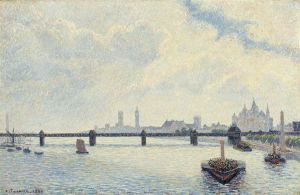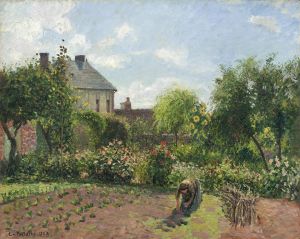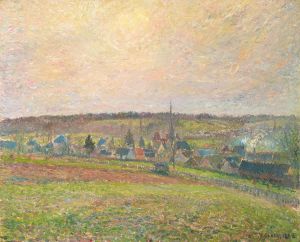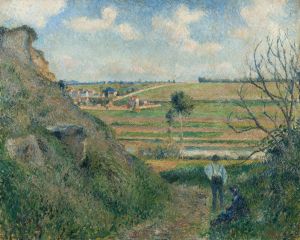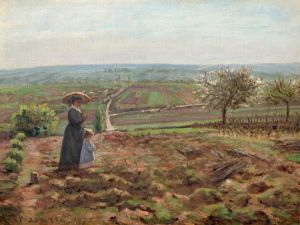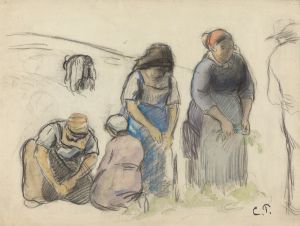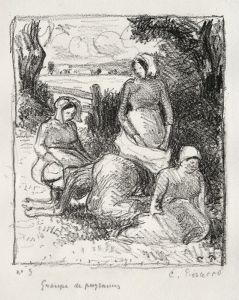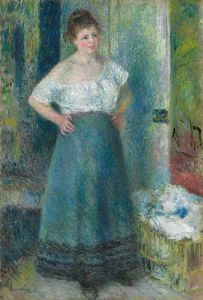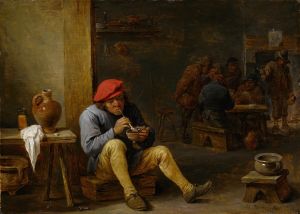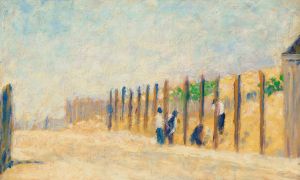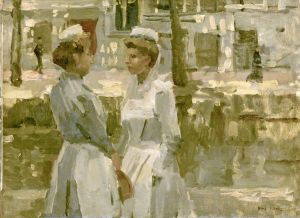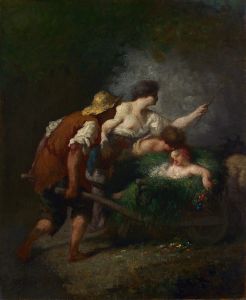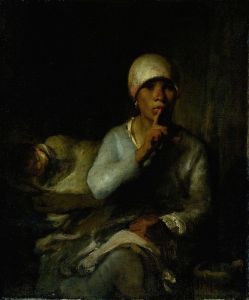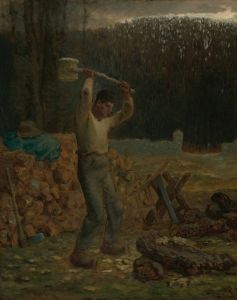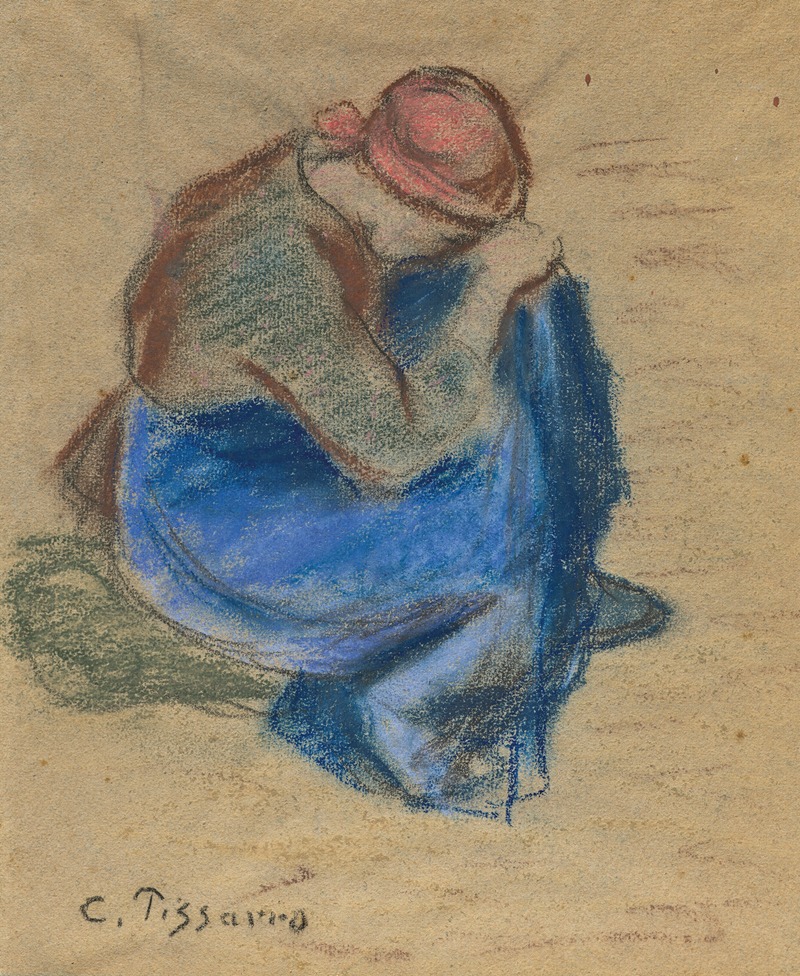
Paysanne accroupie
A hand-painted replica of Camille Pissarro’s masterpiece Paysanne accroupie, meticulously crafted by professional artists to capture the true essence of the original. Each piece is created with museum-quality canvas and rare mineral pigments, carefully painted by experienced artists with delicate brushstrokes and rich, layered colors to perfectly recreate the texture of the original artwork. Unlike machine-printed reproductions, this hand-painted version brings the painting to life, infused with the artist’s emotions and skill in every stroke. Whether for personal collection or home decoration, it instantly elevates the artistic atmosphere of any space.
Paysanne accroupie (translated as Crouching Peasant Woman) is a painting by the French artist Camille Pissarro, a leading figure of the Impressionist movement. Created in 1882, this artwork exemplifies Pissarro's dedication to depicting rural life and his interest in the lives of peasants, a recurring theme in his oeuvre. The painting is executed in oil on canvas and measures approximately 46 x 55 cm.
The composition features a peasant woman crouching on the ground, engaged in an everyday task, possibly related to farming or gathering. She is dressed in simple, modest clothing, typical of rural laborers of the time. The setting is outdoors, with earthy tones dominating the palette, reflecting Pissarro's commitment to capturing the natural environment and the honest, unembellished reality of rural existence. The brushwork is loose and textured, characteristic of the Impressionist style, which sought to convey the fleeting effects of light and atmosphere.
Pissarro, often referred to as the "father of Impressionism," was deeply influenced by the social and economic changes of the 19th century. His works frequently focused on the working class, portraying them with dignity and respect. Unlike some of his contemporaries who idealized rural life, Pissarro's approach was grounded in realism, emphasizing the labor and hardships of peasant life. This painting is a testament to his commitment to these themes.
The artwork was created during a period when Pissarro was living in Pontoise, a small town northwest of Paris. Pontoise and its surrounding countryside served as a significant source of inspiration for the artist, providing him with numerous subjects for his rural scenes. During this time, Pissarro was also experimenting with techniques and styles, collaborating with other Impressionist painters such as Paul Cézanne.
Today, Paysanne accroupie is held in the collection of the Musée d'Orsay in Paris, France. The museum houses an extensive collection of Impressionist and Post-Impressionist works, and this painting is considered an important example of Pissarro's contribution to the movement. It continues to be celebrated for its sensitive portrayal of rural life and its technical mastery.
This painting reflects Pissarro's enduring interest in the human condition and his ability to find beauty in the simplicity of everyday life. Through works like Paysanne accroupie, Pissarro not only documented the rural world of his time but also elevated it to the realm of fine art.





